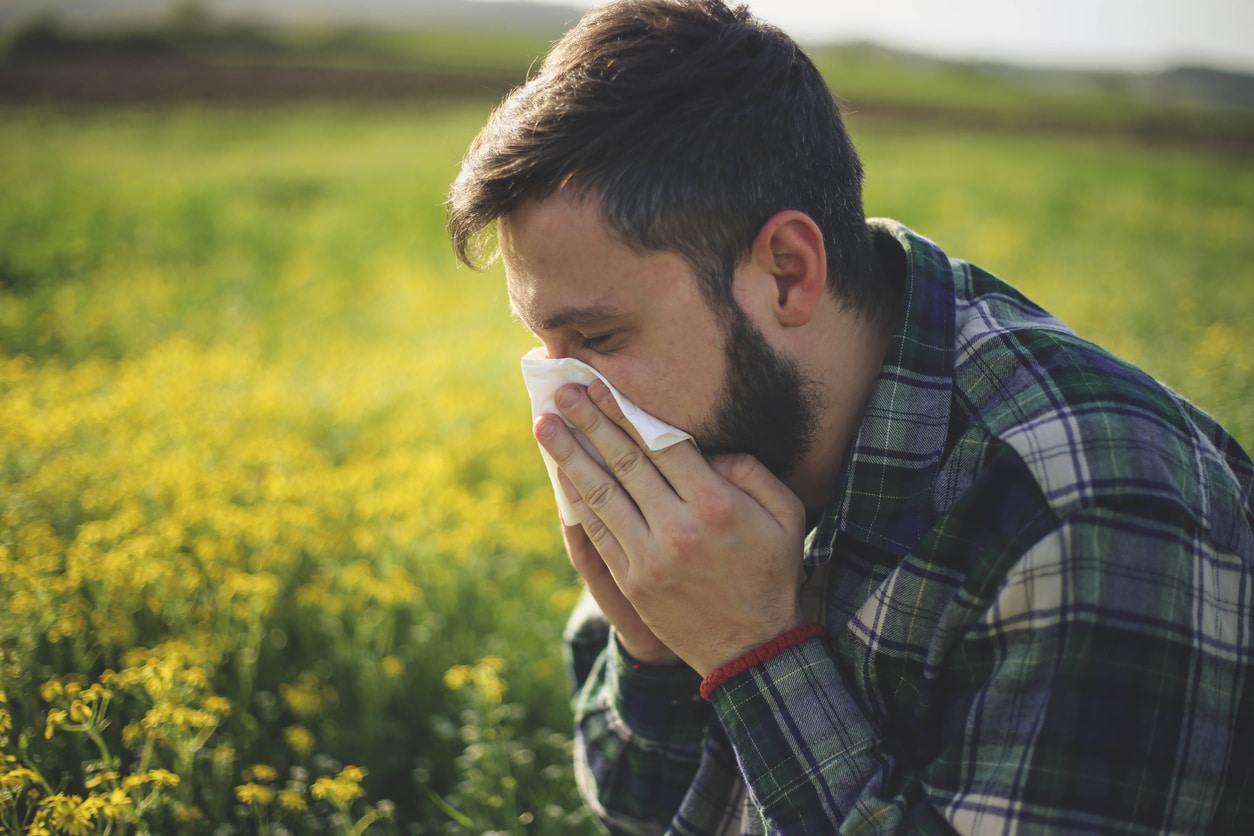Allergy avoidance is an allergy management approach that minimizes contact with allergens, which can significantly reduce the severity of allergic reactions. This strategy is particularly beneficial for individuals with environmental allergies, such as pollen allergies. By understanding allergy triggers and avoiding them, symptoms can be managed more effectively.
Identifying Allergens in Your Area

The initial step in allergy avoidance is to determine which allergens are prevalent in your surroundings and when they are most active. Here are some ways to stay updated:
- Allergy forecast websites: Many weather-related websites and apps offer daily allergy forecasts, highlighting the levels of common allergens such as pollen. Popular options include Weather.com, Pollen.com and the Asthma and Allergy Network forecast. These forecasts can help you plan your outdoor activities, such as avoiding park days in City Centre Park, during high pollen periods.
- Mobile Apps: Several mobile apps are designed to assist allergy sufferers by providing real-time updates on allergen levels in your area. Apps like AllergyCast, WebMD Allergy and klarify can be very useful in keeping you informed.
Practical Tips for Avoiding Allergens
Once you are aware of the allergens in your environment, the next step is to minimize your exposure to them. Here are some effective methods:
- Limit outdoor activities: Try to stay indoors when pollen counts are high, usually in the morning or on windy days.
- Shower after being outdoors: Pollen can adhere to your hair and clothing, so showering and changing clothes after being outside can help minimize exposure.
- Wear sunglasses and hats: Protect your eyes from pollen by wearing sunglasses and hats when you are outdoors.
- Keep pets out of certain areas: Designate specific areas in your home, such as bedrooms, as pet-free zones.
- Regular pet baths: Bathing your pets regularly can help reduce the amount of dander they shed.
- Keep windows closed: During high pollen seasons, ensure windows and doors remain shut to prevent pollen from entering your home.
- Use air purifiers: Air purifiers can help filter out airborne allergens such as pollen, dust mites and pet dander, improving indoor air quality.
- Regular cleaning: Frequent vacuuming with a HEPA filter and regular dusting can reduce indoor allergens. Additionally, bedding should be washed in hot water weekly to eliminate dust mites.
Allergy avoidance is a practical and effective method for managing allergy symptoms. By staying informed about the allergens in your environment and taking proactive steps to reduce exposure, you can enjoy a better quality of life with fewer allergy flare-ups.
For more information on which allergies affect you the most and how to manage your symptoms, contact Midwest ENT Centre to schedule a consultation today.